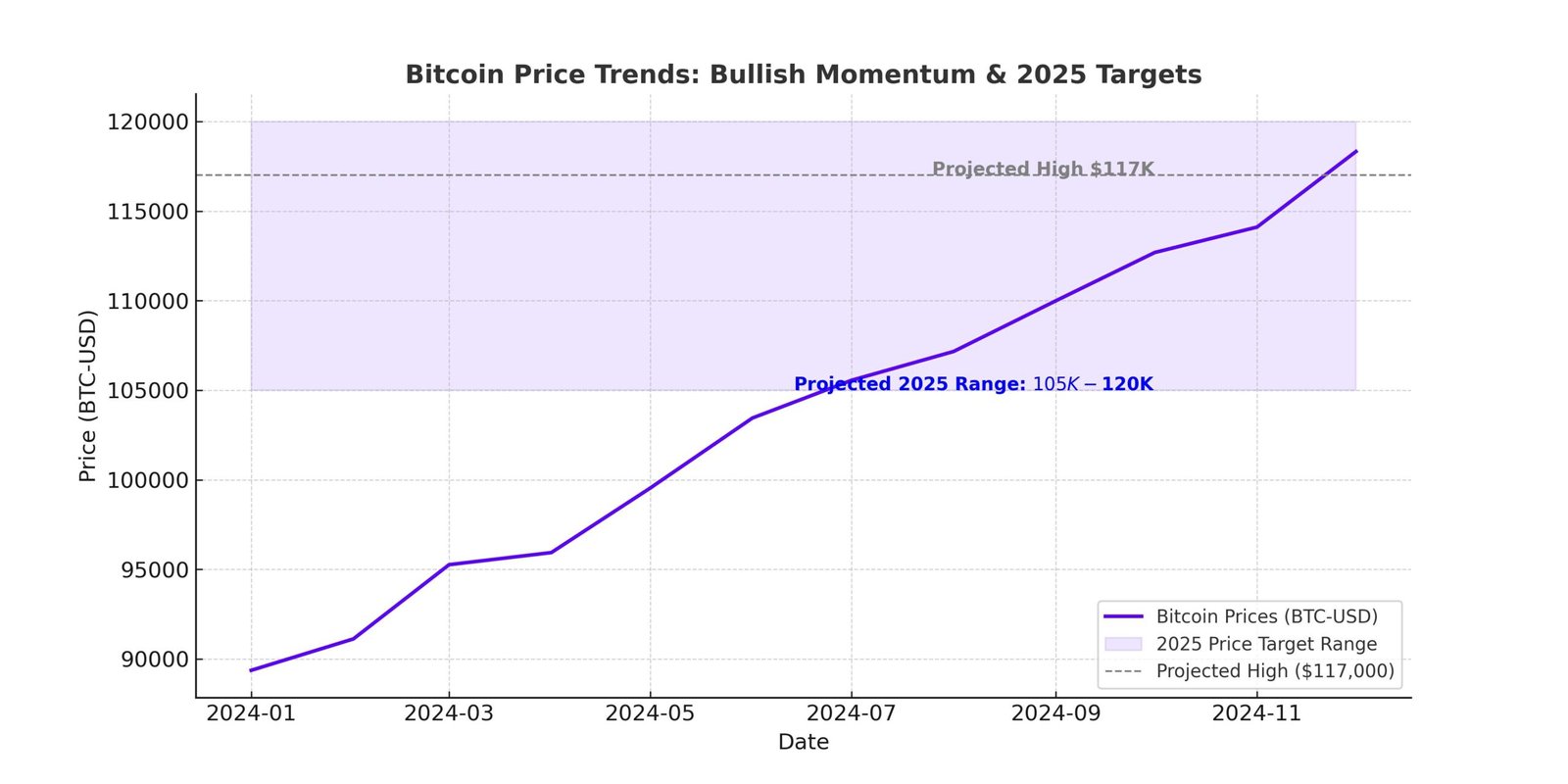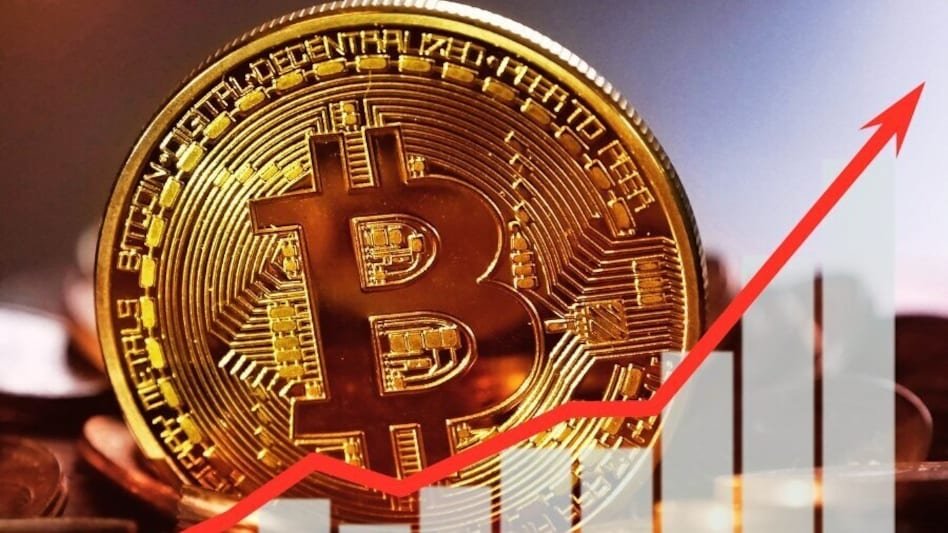The Great Rotation: Are Massive Ethereum ETF Inflows Fueling the Next Altseason?

Market Analysis

By ThuanCrypto Team
·
10 min read

Something fascinating is happening in the crypto markets, and honestly, it’s one of the most significant signals I’ve seen all year. While many were fixated on Bitcoin’s price teetering near its highs, a quiet but monumental shift was taking place behind the scenes. We’re witnessing a multi-billion dollar pivot, a ‘Great Rotation’ of capital. The numbers are truly staggering: while Bitcoin ETFs saw hundreds of millions of dollars in outflows, the market recorded massive Ethereum ETF inflows, to the tune of nearly $4 billion. This isn’t just a minor portfolio adjustment; it’s a profound statement from institutional investors. Is this just a temporary chase for quick gains, or does it signal a permanent change in how smart money views the world’s top two digital assets? Let’s dive deep and dissect what’s really going on.
A Tale of Two ETFs: A Shifting Tide
Let’s get straight to the data because it paints a picture clearer than any thousand-word essay could. In the latter half of August 2025, the market gave us a textbook example of divergence. On one side, U.S. spot Bitcoin ETFs experienced significant withdrawals, with reports citing over $750 million fleeing these funds. At the same time, Ethereum-based investment products were having a party. A record-breaking $4 billion surged into ETH funds. Think about that for a second. This wasn’t a market-wide panic or a crypto winter event where everything goes down together. This was a calculated, targeted reallocation of capital.
It’s like watching a crowded theater where all the high-rollers in the front rows suddenly get up and move to the other side of the room. You can’t help but ask… what do they know that we don’t? This sharp contrast forces us to question the long-standing “Bitcoin-first” narrative. For years, the institutional playbook was simple: get exposure to Bitcoin, the digital gold, the most established asset. Everything else was secondary. But now? The game seems to be changing right before our eyes.

Deconstructing the Data: Evidence for the Shift
The Bitcoin ETF Exodus: Profit-Taking or Waning Confidence?
So, why the outflow from Bitcoin? At first glance, it might seem like prudent profit-taking. BTC had an incredible run, and taking some chips off the table after a major rally is standard practice. Some technical analysts pointed to “bearish” chart patterns, suggesting a local top was in and a correction was due. Institutions are not immune to market sentiment; if they sense a downturn, they will act to protect their capital.
However, I think there’s a deeper layer here. It might be less about waning confidence in Bitcoin long-term and more about opportunity cost. When you’re a fund manager, your performance is measured quarterly and annually. Holding an asset that’s moving sideways while another is poised for explosive growth can be a career-limiting move. The question they were likely asking was not “Is Bitcoin a bad investment?” but rather, “Is Ethereum a better investment right now?” The flow of funds suggests their answer was a resounding ‘yes’.
The Ethereum ETF Flood: A New Institutional Darling
And what a flood it was. The $4 billion in Ethereum ETF inflows isn’t just a number; it’s a vote of confidence in Ethereum’s entire value proposition. Unlike Bitcoin, whose narrative is primarily centered on being a store of value—’digital gold’—Ethereum’s story is one of utility and productivity. It’s the ‘world computer,’ the foundational layer for a new, decentralized internet.
This narrative is gaining serious traction in institutional circles for several key reasons:
- The Allure of Yield: Since ‘The Merge’ and its transition to Proof-of-Stake, Ethereum has become a yield-bearing asset. Institutions can stake their ETH and earn a return, much like receiving a dividend from a stock or interest from a bond. This concept of a ‘digital bond’ is incredibly attractive to fund managers who need to generate consistent returns, not just bet on price appreciation. Bitcoin, for all its strengths, offers no native yield.
- A Thriving Ecosystem: The explosion of activity in Decentralized Finance (DeFi), the resurgence of NFTs, and the maturation of Layer-2 scaling solutions show a vibrant, productive economy being built on Ethereum. Every transaction, every smart contract, every NFT mint—it all requires ETH, driving real, utility-based demand for the asset.
- The Growth Narrative: Simply put, investors are betting on growth. They see the vast, burgeoning ecosystem on Ethereum and believe its potential for expansion—its asymmetric upside—is currently greater than that of the more mature Bitcoin market.

The Fuel for the Fire: $4 Billion in “Dry Powder” Appears
Now, here’s where it gets even more interesting. Coinciding with this great rotation, the market saw a massive liquidity injection. In just a few days, stablecoin issuers like Tether and Circle minted a combined $4 billion in new stablecoins. For those new to this, think of stablecoins as the cash or ‘dry powder’ of the crypto world. It’s capital sitting on the sidelines, ready to be deployed into assets like Bitcoin, Ethereum, or other altcoins.
The timing is too perfect to be a coincidence. You have billions flowing out of Bitcoin ETFs, billions flowing into Ethereum ETFs, and billions in new cash entering the ecosystem all at once. It paints a very clear picture: this new capital isn’t meant to sit idle. It’s being prepared to enter the market, and it seems the primary on-ramp for this institutional wave is Ethereum.
This isn’t just money moving around; it’s smart money making a strategic decision. The combination of ETF rotation and massive stablecoin issuance is the most compelling signal we’ve had for a new market cycle led by Ethereum.
Broader Market Implications: Is This the Real Altseason?
This rotation has shockwaves that extend far beyond just Bitcoin and Ethereum. It could be the catalyst for the next major “altseason,” but perhaps one that looks very different from those in the past.
A Structurally Different “Altseason”
Historically, altseasons were often chaotic, speculative frenzies where retail investors jumped from one hot token to the next. This time, it appears to be led by a strategic, institution-led rotation into a blue-chip alternative (ETH). This provides a much more stable foundation.
We’re already seeing the trickle-down effect. Data shows smaller-cap indexes starting to outperform the larger ones. As billions in liquidity pour into Ethereum, a portion of that capital and, just as importantly, that confidence, inevitably spills over into other promising ecosystems. Investors who just made a handsome return on ETH start looking for the “next Ethereum,” whether it’s in sectors like DeFi, gaming, or other Layer-1 blockchains. This is how a real, sustainable bull run begins—not with meme coins, but with a fundamental shift in capital at the very top.

A Word of Caution: Don’t Count Bitcoin Out
Now, before we all rush to sell our Bitcoin, a crucial word of caution. It would be a monumental mistake to declare the end of Bitcoin’s reign. The picture is more nuanced than that. While the “fast money” in ETFs might be rotating, other long-term players are doing the exact opposite. On-chain data shows that long-term holders and corporate treasuries are still accumulating Bitcoin at a voracious pace—some reports suggest they’re absorbing BTC at four times the rate it’s being mined.
This suggests a split in institutional strategy. Traders and hedge funds are rotating into ETH for medium-term growth, while corporations and macro investors continue to stack BTC as a long-term strategic reserve asset, a hedge against inflation and geopolitical instability. Bitcoin’s deep liquidity, its established regulatory framework, and its powerful ‘digital gold’ narrative are not going away. This trend could easily reverse if macroeconomic conditions shift. The market may be maturing into a multi-polar world where different assets serve different needs.
Conclusion: A New Chapter in Institutional Crypto
The great rotation of August 2025 is a landmark event. It’s more than just numbers on a screen; it’s a sign of a maturing market. It proves that institutional crypto investing is not a monolith. It’s dynamic, sophisticated, and increasingly driven by fundamentals like yield and utility, not just macro narratives.
The confluence of factors is undeniable: the clear capital rotation demonstrated by the divergence between BTC outflows and massive Ethereum ETF inflows, the huge injection of stablecoin liquidity providing fuel for the fire, and the early signs of outperformance in smaller-cap altcoins. Together, they present the most compelling case we’ve seen this year for a major, Ethereum-led market cycle.
While Bitcoin remains the undisputed king and the ultimate digital reserve asset, Ethereum has proven it is now a formidable contender for institutional capital, playing the role of the high-growth tech platform. The key takeaway for every investor is that the game has changed. The crypto market is no longer a one-asset race. It’s a dynamic ecosystem where you need to understand the different roles each asset plays. Watching these capital flows is no longer just interesting—it’s essential for navigating the next phase of the crypto journey.










